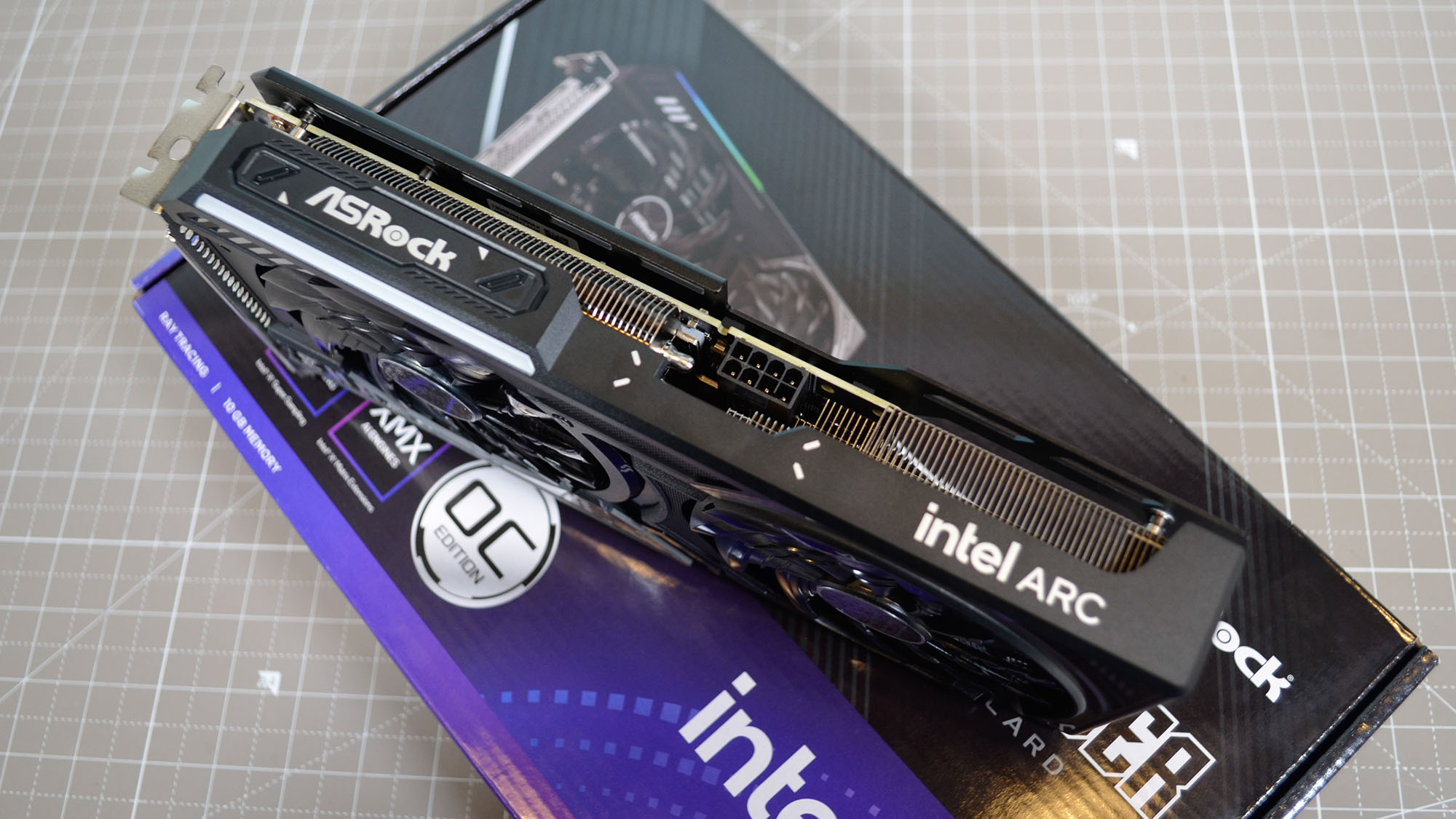Intel reveals XeSS 3 with Multi-Frame Generation - and unlike Nvidia's MFG, it works on older GPUs
Intel won't keep MFG as exclusive to its current generation of GPUs

- Intel has announced XeSS 3 upscaling and XeSS Multi-Frame Generation
- Its take on MFG will work with older GPUs - even Xe1 integrated graphics
- This is a big advantage over Nvidia's MFG, and with Panther Lake chips due as 2026 arrives, there are exciting possibilities on the horizon
Intel has taken the wraps off its next-gen XeSS tech to boost frame rates with its Arc (and Xe) GPUs, and Team Blue is following in Nvidia's footsteps with its own take on Multi-Frame Generation (MFG).
VideoCardz reports that Intel announced XeSS 3 upscaling and XeSS-MFG, which facilitates multi-frame interpolation, meaning that the feature inserts multiple AI-generated frames in between the (real) frames rendered by the GPU.
This artificially boosts the frame rate, of course, and XeSS-MFG will offer up to 4x frame generation (meaning three AI frames for every real one, to quadruple the frame rate).
The welcome twist with Intel's MFG tech is that it's going to be backwards compatible with older Arc GPUs, which means the Arc Alchemist 1st-gen desktop graphics cards - and Xe2 integrated GPUs (and eventually Xe1, too).
There was no release date revealed for XeSS 3 plus MFG, but it's expected to debut next year.
Analysis: making the panther sprint faster

To be more precise, XeSS 3 with MFG is expected to be part of Intel's grand plan to pep up mobile CPUs along with Panther Lake. Those Intel Core Ultra series 3 processors for laptops (and handhelds) will see "broad market availability starting January 2026", Intel also told us in a press release.
So, Panther Lake with integrated Xe3 graphics is already expected to 'set a new standard' and provide over 50% faster graphics performance compared to Xe2 - a big leap, and one that can be made into an even bigger jump when you throw frame generation into the equation (with supported games, that is).
Sign up for breaking news, reviews, opinion, top tech deals, and more.
In short, next year we could see some very compelling wallet-friendly gaming laptops packing Intel chips with seriously powerful integrated GPUs (not to mention fast thin-and-light gaming notebooks and peppy handhelds, too).
Intel is also claiming a notable achievement in that it'll be the first GPU maker to allow previous generations of its graphics cards to use MFG - Nvidia is the only firm offering MFG right now, but the feature remains exclusive to its most recent RTX 5000 GPUs.
AMD has frame generation, but has not entered the Multi-Frame Generation race just yet - though it's expected to do so with its next-gen take on FSR codenamed ‘Redstone’.
You might also like
- Is Intel set for a great CPU comeback? Nova Lake in 2026 could copy AMD's playbook for a key gaming boost
- I'm eyeing up Razer's new external GPU dock for my handheld, and maybe it'll give my desktop gaming PC a break - but I have some concerns
- We just got our first glimpse of the Xbox full-screen experience on an original Asus ROG Ally – and it has me pumped to see it on desktop PCs
Darren is a freelancer writing news and features for TechRadar (and occasionally T3) across a broad range of computing topics including CPUs, GPUs, various other hardware, VPNs, antivirus and more. He has written about tech for the best part of three decades, and writes books in his spare time (his debut novel - 'I Know What You Did Last Supper' - was published by Hachette UK in 2013).
You must confirm your public display name before commenting
Please logout and then login again, you will then be prompted to enter your display name.